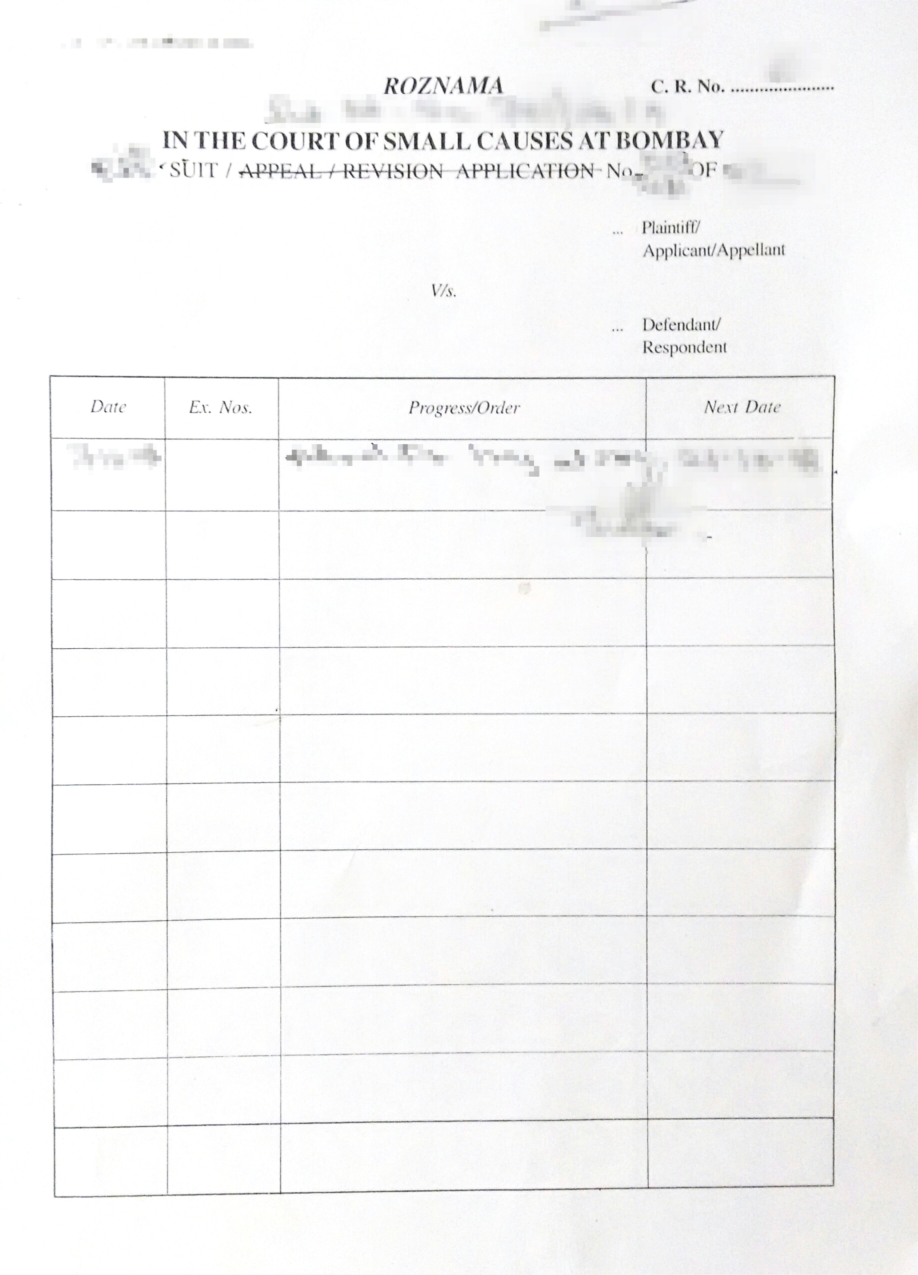The Monkey selfie and why Wikipedia is wrong
This article deals with the detailed explanation on why in the case of the Monkey Selfie, Wikipedia’s stand is wrong and why the photographer David J Slater is the true author of the work uploaded on Wikipedia.
The case in brief:
- In 2011, nature photographer David Slater travelled to Indonesia to take photographs of the Celebes crested macaques
- He had dropped one of his cameras which was picked up by one female monkey, who clicked a self-image / selfie.
- The author distributed those images to various people.
- One such image was uploaded on Wikipedia.
- The author requested removal claiming copyright.
- Wikipedia refused to remove the image claiming that no one held the copyright and it fell in the public domain. See: https://commons.wikimedia.org/wiki/Commons:Deletion_requests/File:Macaca_nigra_self-portrait.jpg
Wikipedia’s Stand:
“This file is in the public domain, because as the work of a non-human animal, it has no human author in whom copyright is vested.”
See: https://commons.wikimedia.org/wiki/File:Macaca_nigra_self-portrait_(rotated_and_cropped).jpg
Wikipedia said that the photo is uncopyrightable, since current US Copyright Office policy is that animals can’t own copyrights.
US Copyright Law: Copyright Compendium § 202.02(b):
The term ‘authorship’ implies that, for a work to be copyrightable, it must owe its origin to a human being. Materials produced solely by nature, by plants, or by animals are not copyrightable.
Is Wikipedia right?
No. Wikipedia has ignored the same yardstick that they are claiming to follow.
The US Copyright law clearly states that: for a work to be copyrightable, it must owe its origin to a human being
The term origin definitely includes the facts that took place before the image was taken. This means that if David Slater had not gone to visit the monkeys with a camera, there would have been no photograph. It was his labour, skill and capital which was invested in the trip, which led to the taking of the photograph. The monkey would never have been able to lay her hands on a camera otherwise.
The law goes on to state that: Materials produced solely by nature, by plants, or by animals are not copyrightable.
This in itself shows the legislative intent that a design in the sand or a beautifully eroded rock cannot be copyrighted, because there was no human element behind it. However, this work was not solely created by the monkey. Unless monkeys invent camera’s in some form, they will not be able to claim sole rights to the photographs that they take.
Is David Slater the author of the work?
Yes. In order for a person to claim copyright, he should have expended a non-trivial amount of creativity or intellect to create the work. This means that the person claiming the work should not only have expended labour, skill and capital, but he must also have applied some creativity to the work. In the current case, David Slater has a strong argument to show that due to his creativity of setting up the camera system, he is the copyright holder.
Under UK Copyright law, would David Slater have got the copyright?
Yes. Under UK Copyright law, David Slater only required to show that he had taken some basic effort to create the work, whether it was original or not. Read: Sweat of the brow doctrine
Under Indian Copyright law, would David Slater have got the copyright?
Yes. As per the Indian Copyright Act, the author of a photograph is:
2(d)(iv) ….. the person taking the photograph;
The word “person” implies an individual or body of individuals whether incorporated or not. Animals are not “persons”
The word “taking” includes the meaning “causing the photograph to be taken”
It can be reasonably said that David Slater “caused the photograph to be taken” by dropping or losing the camera and then recovering it.
Is the selfie picture in the public domain?
No. The author owns the copyright and reserved his work from being published. The work does not fall in the public domain.
What about the monkey’s rights?
As of now the monkey has no more rights than chattel i.e. immovable property. This means that the monkey has no rights to hold property under any law in any jurisdiction.
Similar examples to buttress the submission:
- In game sanctuaries, camera traps are setup to catch poachers or other wildlife. The camera is motion activated and clicks a picture upon detecting motion. Does this mean that the copyright belongs to the poachers? It cannot be.


